LATEST
NEWS:
 17
December 2013
17
December 2013
A
sub-adult Loggerhead Turtle,
Caretta
caretta, was washed ashore dead at Splash
Point, Worthing,
Sussex in the afternoon. It was a rainy day and I cycled past this point
west of the amusement pier, I noted a flock of twenty Crows
on the shingle but I did not look down on the syenite
rock sea defences or else I might have spotted it. Credit for the discovery
goes to Andrew Cole
who was photographing a landscape shot of the rocks in poor photographic
conditions. This may be the first discovery
of a Loggerhead Turtle
off Sussex as it was unexpected and I have not got records of a previous
discovery. The
turtle
was damaged with a missing flipper and it had died out at sea and had been
washed along until landfall on to this small promontory.
5
- 6 December 2013
A
Storm
Surge coinciding with a high spring
tide
caused floods and coastal
erosion on the North Sea coast of
England and some minor floods on the eastern English Channel shore. The
environmental impact on wildlife seemed to be minimal but there were social
consequences with homes flooded and some houses washed into the sea, notably
at Hemsby, Norfolk, where
the the soft cliffs collapsed. The elevated
sea
level was higher than the devastating
floods of 1953
but the damage was much less because of improved sea
defences and advanced
warning.
Environmental
Agency Flood Damage Gallery
Cyclone
Xaver
 2
November 2013
2
November 2013
A
metre long Siberian Sturgeon, Acipenser
baerii, was caught on rod and
line by Peter
Johnson off Greenhithe
Pier in the River Thames
estuary. It is was released back into the sea after capture. This
species is native to the Ob
river systems that flow into the Arctic Ocean, in Siberia. In its native
habitat it is condered anadromous
and able to migrate the sea and live in salt or brackish water. but it
is mostly to be found in the freshwater reaches of these large rivers.
Therefore, it has been found suitable for aquaculture
and the pet trade and the most likely reason for its appearance is that
was accidentally or deliberately released from a captive specimen.
Photograph
by Peter Johnson
BMLSS
Sturgeon 1
20
October 2013
A
deep water Greenland Shark,
Somniosusmicrocephalus,
was found freshly dead stranded at Embleton
Bay in Northumberland. The three metres long female shark
was recovered by staff of Newcastle
University and held frozen at their Dove
Marine Laboratory at Cullercoats. The Cetacean
Strandings Investigation Programme (CSIP) retrieved the shark whilst
carrying out demonstration necropsies for undergraduates at Newcastle University
and transported it to the Natural
History Museum in London, who have (Autumn
2014) completed preparing the shark as a specimen
for the national collection. This
large species of shark (> 7 metres & 1,400 kg) is usually found at
depths of 1000 metres in the Arctic and boreal Atlantic and is both rarely
recorded around the British Isles and relatively little is known of its
biology and bionomics.
23
August 2013
A
Swordfish,
Xiphias
gladius, swam
up the River
Tyne and was caught in salmon nets close
to South Tyneside.
The oceanic fish measured 1.2 metres (4 ft) long from the tip of its sword
to its tail.
The
Swordfish
is
an extremely rare visitor to the seas around the British Isles with records
of less than one a year. The Atlantic
population is endangered by overfishing.
Previous
Report 2009
BMLSS
Swordfish
2 August
2013
An
Atlantic Sturgeon,
Acipenser
oxyrinchus, was caught on rod and
line off Hobbs
Point, Pembroke
Dock, Pembrokeshire. It was about a metre long.
I query
the identification of this fish and this may be an escaped captive Sturgeon
of another species.
The
Atlantic
Sturgeon,
Acipenser oxyrinchus,
was thought to be extirpated throughout its European range including the
Baltic
Sea and now only found on the American
side of the Atlantic where it is Near
Threatened.
IUCN
Red Listing
The
European
Sturgeon,
Acipenser
sturio,
is now extremely rare throughout its range. The
only remaining breeding population is in the River
Gironde (France).
European
Sturgeon (CNPMEM)
Life
story information and status of the European Sturgeon
Previous
Report 2004
BMLSS
Sturgeon 1
BMLSS
Sturgeon 2
IUCN
Red Listing
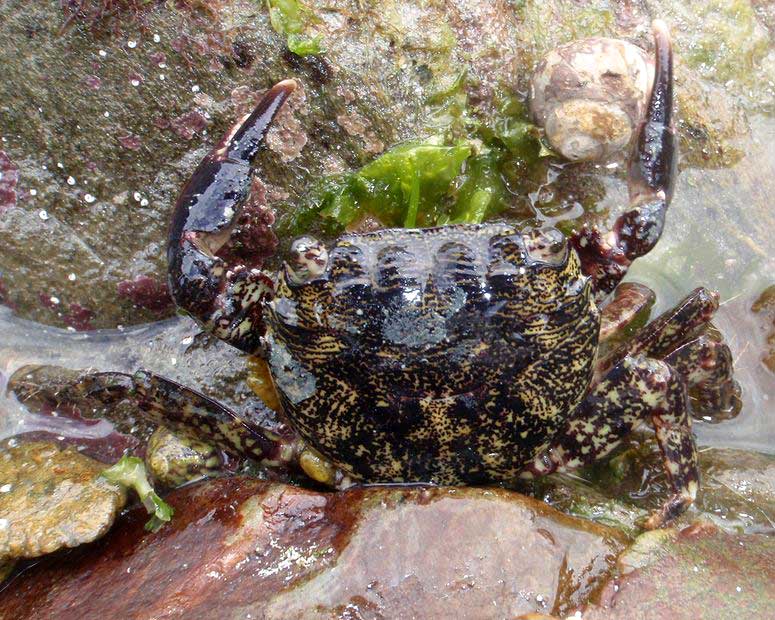
Marbled
Rock Crab, Pachygrapsus
marmoratus
Photograph
by Sion Roberts
28
July 2013
This
appears to be the first record of this immigrant alien crab on the Welsh
shore and only the fourth record around the British Isles.
The
Marbled
Rock Crab is native to the shores of Black
Sea, the Mediterranean Sea and parts of the Atlantic Ocean.It
probably arrived in ballast water as larva or attached to a boat or ship
as an adult.
GB
Non-native Species Secretariat
July
2013
A
huge Atlantic Halibut, Hippoglossus
hippoglossus, was caught by Marco
Liebenow in northern Norway. It weighed 233
kg (515 lb) and measured 260 cm in length.
BMLSS
Halibut
3 July
2013
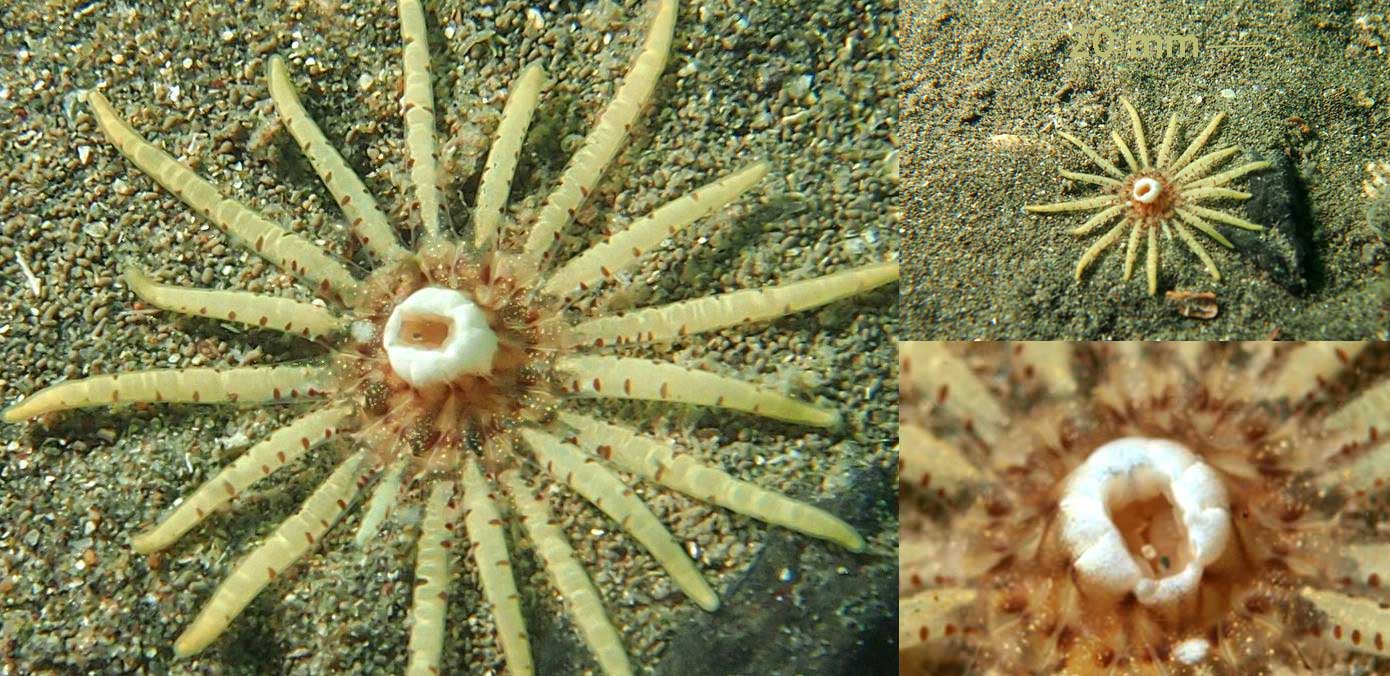
Unidentified
Sea Anemone
Photograph
by Dawn Watson
This
unusual burrowing sea anemone was discovered
with its 20 mm span of tentacles showing
above the substrate of gravel and silt at a depth of about seven metres
at Martins Haven,
Pembrokeshire,
south-west Wales. It was a lone 18 tentacled specimen amongst a mixture
of Peachia
cylindrica Burrowing
Anemones and Daisy
Anemones, Cereus pedunculatus.
When disturbed this unrecognised anemone retracted very quickly and disappeared
completely from view. The majority identification opinion was a burrowing
anemone of the genus Edwardsia.
8
June 2013
Adur World Oceans
Day
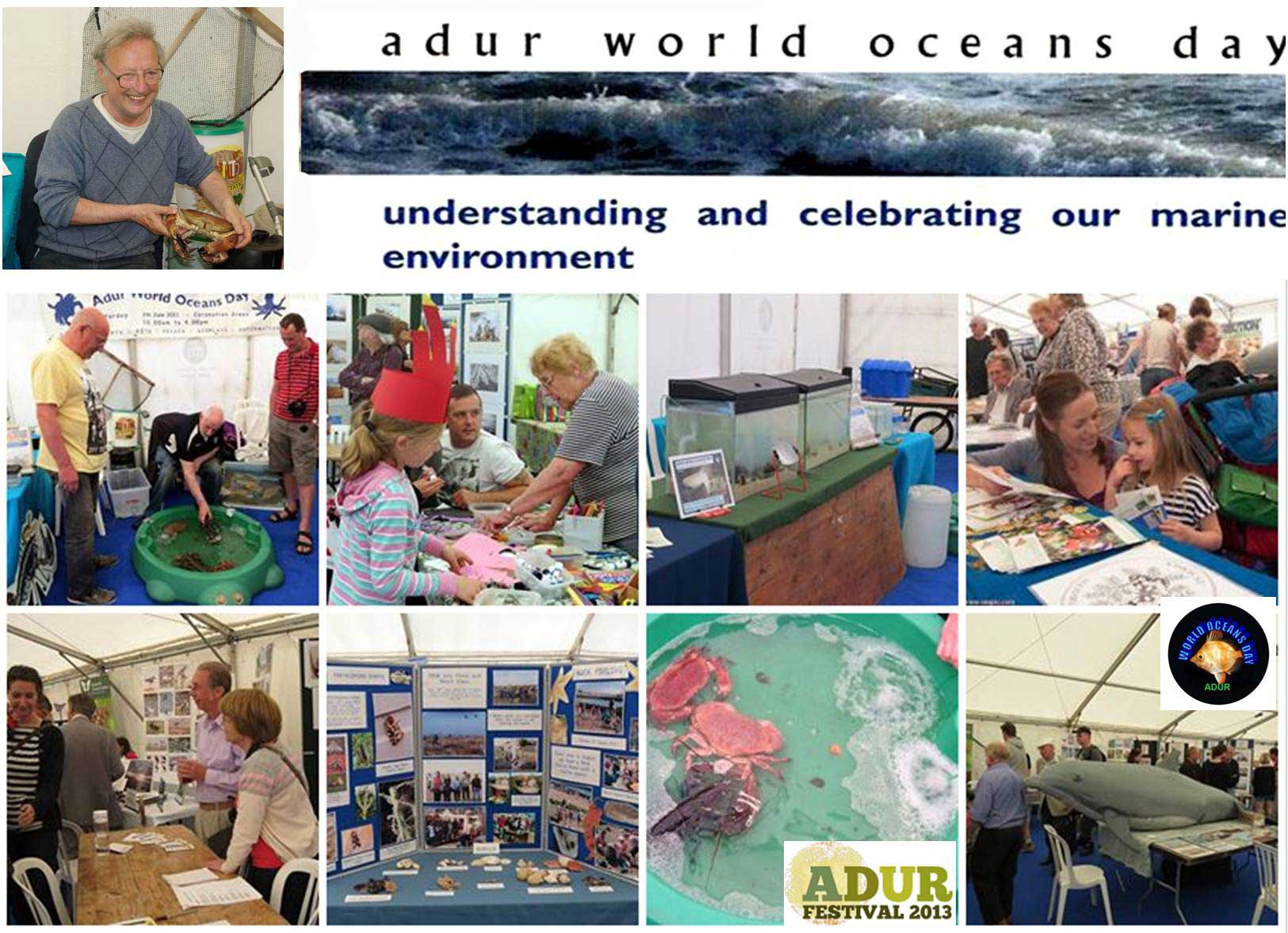
Adur
was one of the UK leaders in presenting the thirteenth environmental exhibition
of World
Oceans Day on Coronation
Green,
Shoreham-by-Sea.
Len
Nevell of the British
Marine Life Study Society presented the usual exhibition of
lobsters
and crabs.
The Friends of Shoreham Beach (FOSB)
took an active role with their display of the wonders of Shoreham
Beach. Wildlife writer Steve
Savage presented the whale
and dolphin exhibition with the life sized replica of a Bottle-nosed
Dolphin. Nikki
Hills on behalf of the Sussex
Wildlife Trust produced an interactive
display on the sea and seashore for the younger age group. David
and Marion Wood produced a presentation about
Widewater
Lagoon (brackish lagoon) LNR. Exhibitors were able to find the time
to answer questions about marine life.
Other
participants included Southwick
Camera Club with an exhibition of seascapes and marine life, and Colin
Knight and Mark Colvin
with a butterfly presentation on the behalf of the Sussex
branch of the Butterfly
Conservation Society.
World
Oceans Day on Facebook
United
Nations: World Oceans Day.
May
2013
Scientists
discovered the earliest evidence of hominid
footprints, Homo
antecessor, outside of Africa,
in sediment, partially covered by beach sand, at low tide
on the foreshore at Happisburgh,
on the Norfolk coast. The footprints are more than 800,000 years old (early
Pleistocene)
and they are direct evidence of the earliest known hominids
in northern Europe.
12,
14 & 28 May
2013
Three
Beaked
Whales (Ziphiidae)
have been washed up dead on the Irish coast, the first one an adult female
Beaked
Whale live stranded and died at Five
Fingers Strand, Malin,
County
Donegal and two days later a juvenile Beaked
Whale, which had also live stranded, was found
at Trawbreaga
Bay, Malin. Both of these are thought to have been the vagrant True's
Beaked Whales, Mesolpodon
mirus, (awaiting confirmation from
DNA test) and were removed to Athlone
for post mortem. A five metre long female stranded at Aillebrack, Ballyconneely,
County
Galway, at the end of the month. All three
whales
might have been stranded as a result of a single incident as this deep
ocean
toothed
whale is rarely seen in British seas and
the only records are from the west coast of Ireland.
BMLSS
Cetaceans
9
May 2013
A
4.5 metre long Sowerby’s Beaked Whale,
Mesoplodon
bidens, has been reported dead, stranded alive at Clarach
Bay near Aberystwyth
in west Wales. A Cetacean
Strandings Investigation Programme UK (CSIP)
team from Marine Environmental
Monitoring recovered the body and a CSIP team from Zoological
Society of London travelled to the stranding location to conduct a
post-mortem examination.
UK
Strandings (CSIP)
CSIP
Strandings Leaflet
BMLSS
Cetaceans
25
April 2013
A
large and unusually large pod of 14 Sperm Whales, Physeter
catodon, were spotted off the Firth
of Forth, heading from the island of Fidra
to the Lamb, just a mile offshore at North
Berwick in East
Lothian. The whales
then changed direction, heading towards Crail
in Fife. The Sperm
Whales were seen by microlight
flyers and also spotted by Scottish Natural
Heritage staff and researchers on the Isle
of May who
were able to identify the whales from their distinctive tail
flukes, dorsal fins and plumes of spray.
24
April 2013
A
Yellowmouth
Drumfish or Shadefish,
Argyrosomus
regius, was discovered in Looe
Fish
Market (south Cornwall) and was caught in a trawl south-west of Eddystone
Lighthouse.
This
southern fish is a rare occurrence in British seas with only three records
since 1998. The
fish was 54 cm long (TL) and weighed 1.35 kg.

Yellowmouth
Drumfish or Shadefish,
Argyrosomus
regius
Photograph
by by Clive Palfrey
The
book name Meagre
or Maigre was
a transcription mistake in an old book and I have discontinued its vernacular
use. This large fish is identified by its
yellow
mouth.
The
Yellowmouth
Drumfish,
also
called the Shade-fish,
may
still be common off the African Mediterranean and Atlantic coasts. Adult
fish can attain a length of 1.9 metres and weights of 48 kg (100 lb).
It is also a fine sporting fish and extremely good eating. Because, it
is reported to inhabit shallow seas, it may have been over-fished off the
European coast centuries ago.
BMLSS
Drumfish
9
April 2013
A
new fish has been added to the British list with the extraordinary discovery
of the deepwater and little known Jellynose
Fish (family: Ateleopodidae)
Ijimaia
loppei caught in the Western Approaches
to the English Channel.
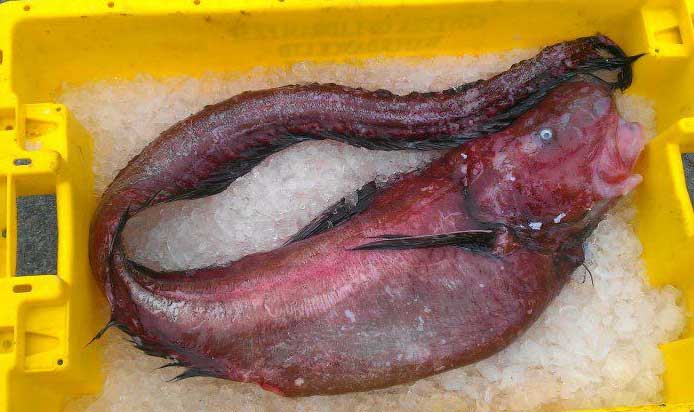
Jellynose
Fish
Photograph
by Andrew Rowe
Jellynoses
are deep-water, bottom-dwelling, marine fish. They are known from the Caribbean
Sea, eastern Atlantic, the western and central Indopacific and the Pacific
coast of Central America.
Jellynoses
(Wikipedia)
23
March 2013 - 3 April 2013 et seq
A
Bearded Seal, Erignathus
barbatus, made an appearance at at TBS Salmon farm in Basta
Voe, in Yell
in the Shetland Isles.
This
Arctic seal is a rare visitor to even the most northernmost Scottish islands.
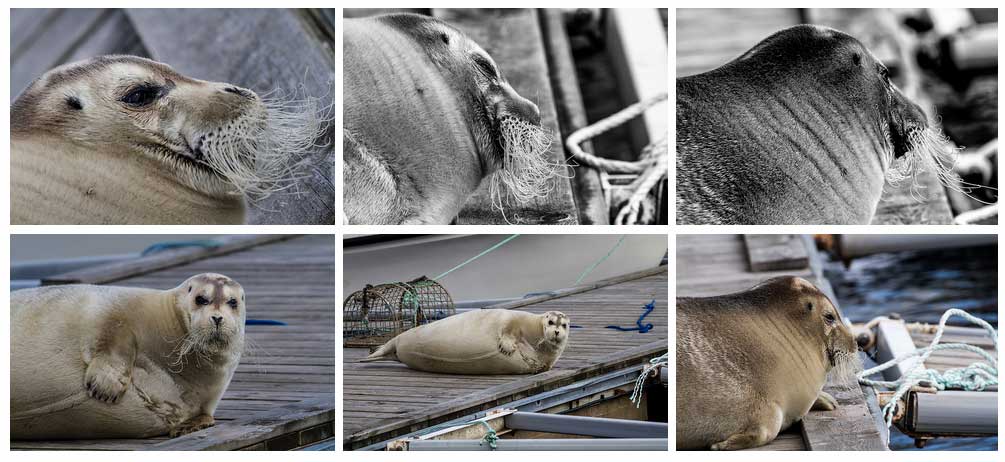
Bearded
Seal
Photographs
by James Simison
Click
on the bottom images for a set of six photographs
3
March 2013
A
Walrus,
Odobenus
rosmarus rosmarus, was spotted hauled
out at
Brides
Ness, North
Ronaldsay, the most northern of the Orkney
Islands. It's thought to likely be a male due to the pinkish nodules
on the neck and shoulders. The animal does not appear to have sustained
any injury and could just be not used to encountering humans; probably
why we got so close. The Walrus
is an Arctic sea mammal and is only very rarely
seen in the seas surrounding the British Isles. It feeds mostly on molluscs.
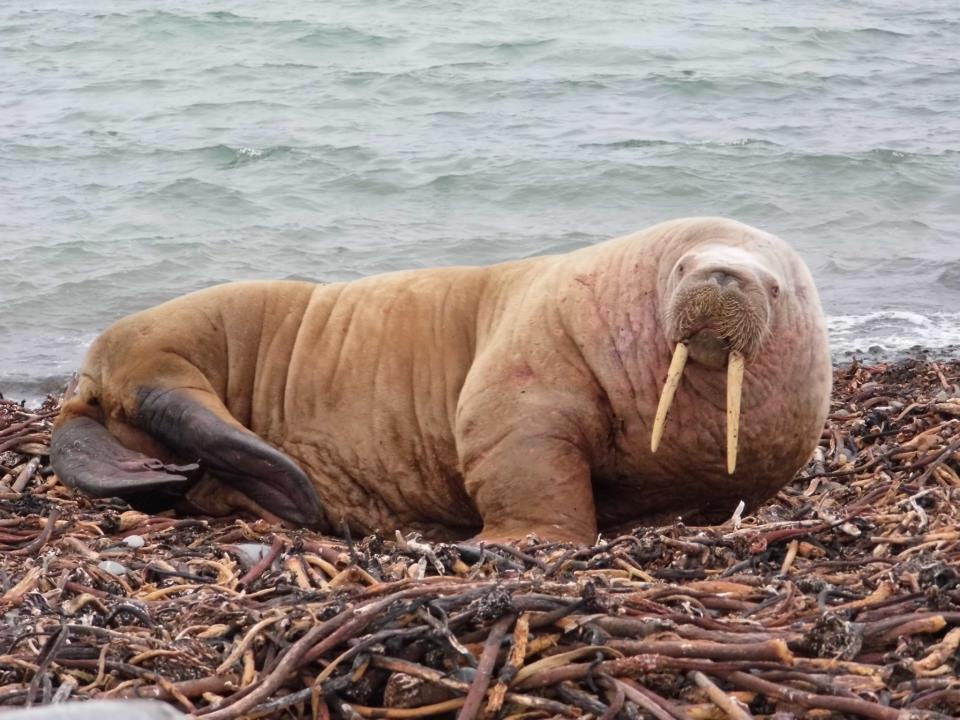
Walrus
Report
and Photograph
by Gavin Woodbridge
(BBC
Radio Orkney) on facebook
with
Fleur
Warren and Mark Twitch
Warren
"The
sandy sea bed around North Ronaldsay
has food for him too, they will take Spoots,
Ensis,
but are especially fond of Blunt Gaper, Mya
truncata, and there's plenty around
there."
North
Ronaldsay Bird Sightings
Walrus
Report from Ireland in 1999
BMLSS
Seals and other Pinnipeds
25/26
February 2013
At
the meeting of the European
Commission Agriculture and Fisheries Council the decision was made
to make a decisive stance on the important matter of fishery
discards. Ministers said a ban on "discards" should be phased in,
starting in January 2014
for pelagic fish, and for white fish stocks from January
2016. There was agreement in principle but
there were complicated management procedures to discuss and implement.
EU
Fishing Rules
6 February
2013
The European
Parliament voted for ambitious reforms of the controversial EU
Common Fisheries Policy in order the protect the fish stocks.
30 January
2013 >
A
sea
bird wreck occurred along the Jurassic
Coast of Dorset and further away off Devon and Cornwall. Hundreds
of birds have been washed ashore in a poor condition because they were
coated in an oily waxy substance. Most of the hundreds of bird victims
were Guillemots, Uria
aalge,
who dive under the water far out to sea.
Plymouth
University have identified the sticky substance as a form of polyisobutene
(PIB), which was used as a lubricating additive in oils to improve performance.
It
is slow to biodegrade and difficult to remove from the affected birds which
will die without treatment. Many of the birds
were washed ashore already dead.
History
of the Spillage
23
January 2013
Very
large Atlantic Cod,
Gadus
morhua,
have been caught off the Sussex coast. A notable specimen fish landed by
Dominic
Camilleri of the South
Coast Angling Club, based at Shoreham Harbour,
weighed in at 18.5 kg (40 lb 12 oz). The
English
Channel is not usually noted for its Cod.
Image
BMLSS
Report
British
Marine Life News 2011

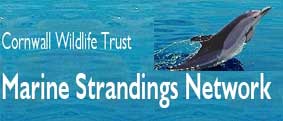
BMLSS
Oil Disasters page


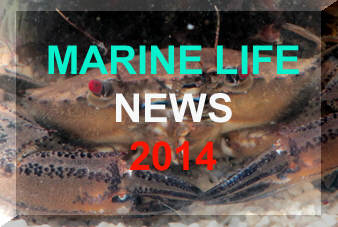
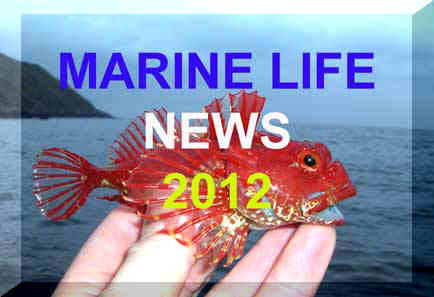
















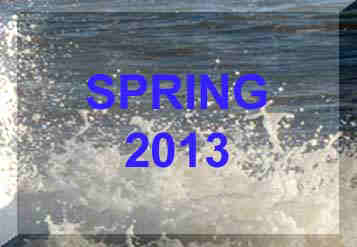
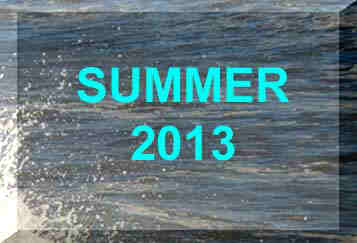
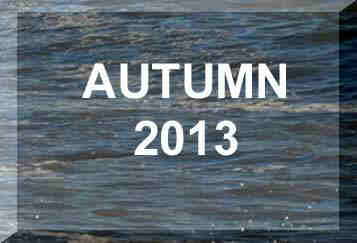
 17
December 2013
17
December 2013










